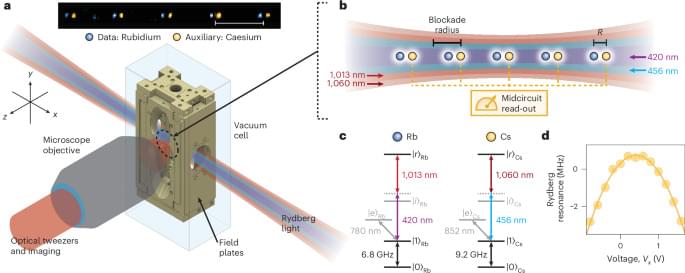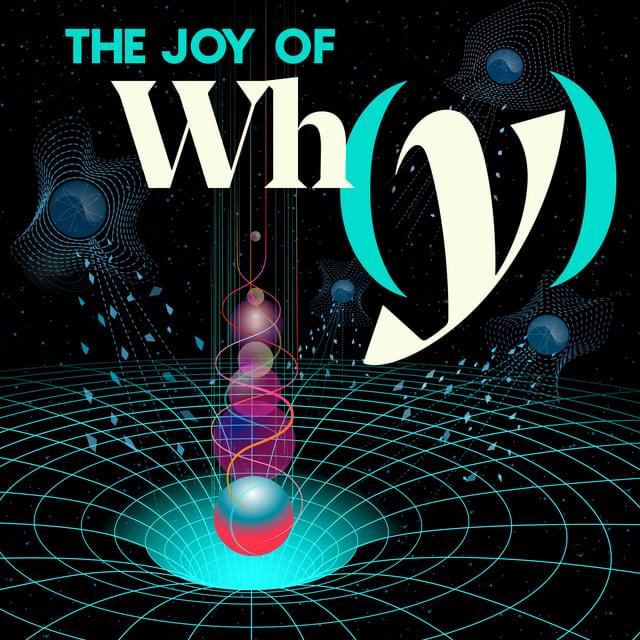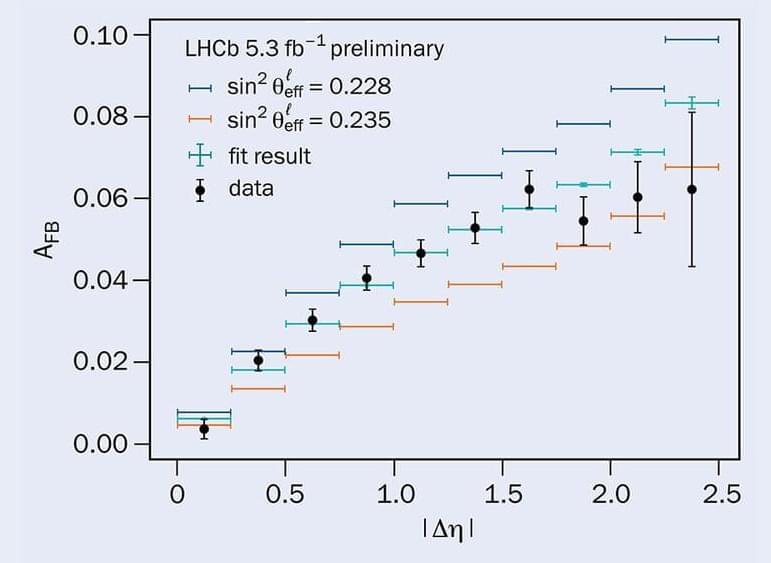A decade after the discovery of the “amplituhedron,” physicists have excavated more of the timeless geometry underlying the standard picture of how particles move.


A new technology to continuously place individual atoms exactly where they are needed could lead to new materials for devices that address critical needs for the field of quantum computing and communication that cannot be produced by conventional means, say scientists who developed it.
A research team at the Department of Energy’s Oak Ridge National Laboratory created a novel advanced microscopy tool to “write” with atoms, placing those atoms exactly where they are needed to give a material new properties.
“By working at the atomic scale, we also work at the scale where quantum properties naturally emerge and persist,” said Stephen Jesse, a materials scientist who leads this research and heads the Nanomaterials Characterizations section at ORNL’s Center for Nanophase Materials Sciences, or CNMS. “We aim to use this improved access to quantum behavior as a foundation for future devices that rely on uniquely quantum phenomena, like entanglement, for improving computers, creating more secure communications and enhancing the sensitivity of detectors.”
For the past few years, a series of controversies have rocked the well-established field of cosmology. In a nutshell, the predictions of the standard model of the universe appear to be at odds with some recent observations.
There are heated debates about whether these observations are biased, or whether the cosmological model, which predicts the structure and evolution of the entire universe, may need a rethink. Some even claim that cosmology is in crisis. Right now, we do not know which side will win. But excitingly, we are on the brink of finding that out.
To be fair, controversies are just the normal course of the scientific method. And over many years, the standard cosmological model has had its share of them. This model suggests the universe is made up of 68.3 percent “dark energy” (an unknown substance that causes the universe’s expansion to accelerate), 26.8 percent dark matter (an unknown form of matter) and 4.9 percent ordinary atoms, very precisely measured from the cosmic microwave background —the afterglow of radiation from the Big Bang.

In quantum computing, scientists often work with arrays of atoms called Rydberg atom arrays, which allow them to simulate quantum systems and perform computations.
Rydberg atoms in optical tweezers are a promising platform for quantum information science. A platform composed of dual-species Rydberg arrays has been realized, offering access to unexplored interaction regimes and crosstalk-free midcircuit control.

Spintronics—devices that use microscopic magnetism in conjunction with electric current—could lead to computing technology as fast as conventional electronics but much more energy efficient. As such devices are developed and studied, an important unresolved question is how device operation is affected by heating.


Researchers at Ludwig-Maximilians-Universität, Max-Planck-Institut für Quantenoptik, Munich Center for Quantum Science and Technology (MCQST) and the University of Massachusetts recently carried out a study investigating the equilibrium fluctuations in large quantum systems. Their paper, published in Nature Physics, outlines the results of large-scale quantum simulations performed using a quantum gas microscope, an experimental tool used to image and manipulate individual atoms in ultracold atomic gases.


Episode · The Joy of Why · Nothing escapes a black hole… or does it? In the 1970s, Stephen Hawking described a subtle process by which black holes can “evaporate,” with some particles evading gravitational oblivion. This phenomenon, now dubbed “Hawking radiation,” seems inherently at odds with general relativity, but it gets weirder still: If particles can escape, do they preserve some information about the matter that was obliterated? Leonard Susskind, a physicist at Stanford University, found himself at odds with Hawking when it came to answering this question. In this episode, co-host Janna Levin speaks with Susskind about the “black hole war” that ensued and the powerful scientific lessons that have radiated from one of the most famous paradoxes in physics.

At the International Conference on High-Energy Physics in Prague in July, the LHCb collaboration presented an updated measurement of the weak mixing angle using the data collected at the experiment between 2016 and 2018. The measurement benefits from the unique forward coverage of the LHCb detector.
The success of electroweak theory in describing a wide range of measurements at different experiments is one of the crowning achievements of the Standard Model ℠ of particle physics. It explains electroweak phenomena using a small number of free parameters, allowing precise measurements of different quantities to be compared to each other. This facilitates powerful indirect searches for beyond-the-SM physics. Discrepancies between measurements might imply that new physics influences one process but not another, and global analyses of high-precision electroweak measurements are sensitive to the presence of new particles at multi-TeV scales. In 2022 the entire field was excited by a measurement of the W-boson mass that is significantly larger than the value predicted within these global analyses by the CDF collaboration, heightening interest in electroweak measurements.
The weak mixing angle is at the centre of electroweak physics. It describes the mixing of the U and SU fields, determines couplings of the Z boson, and can also be directly related to the ratio of the W and Z boson masses. Excitingly, the two most precise measurements to date, from LEP and SLD, are in significant tension. This raises the prospect of non-SM particles potentially influencing one of these measurements, since the weak mixing angle, as a fundamental parameter of nature, should otherwise be the same no matter how it is measured. There is therefore a major programme measuring the weak mixing angle at hadron colliders, with important contributions from CDF, D 0, ATLAS, CMS and LHCb.